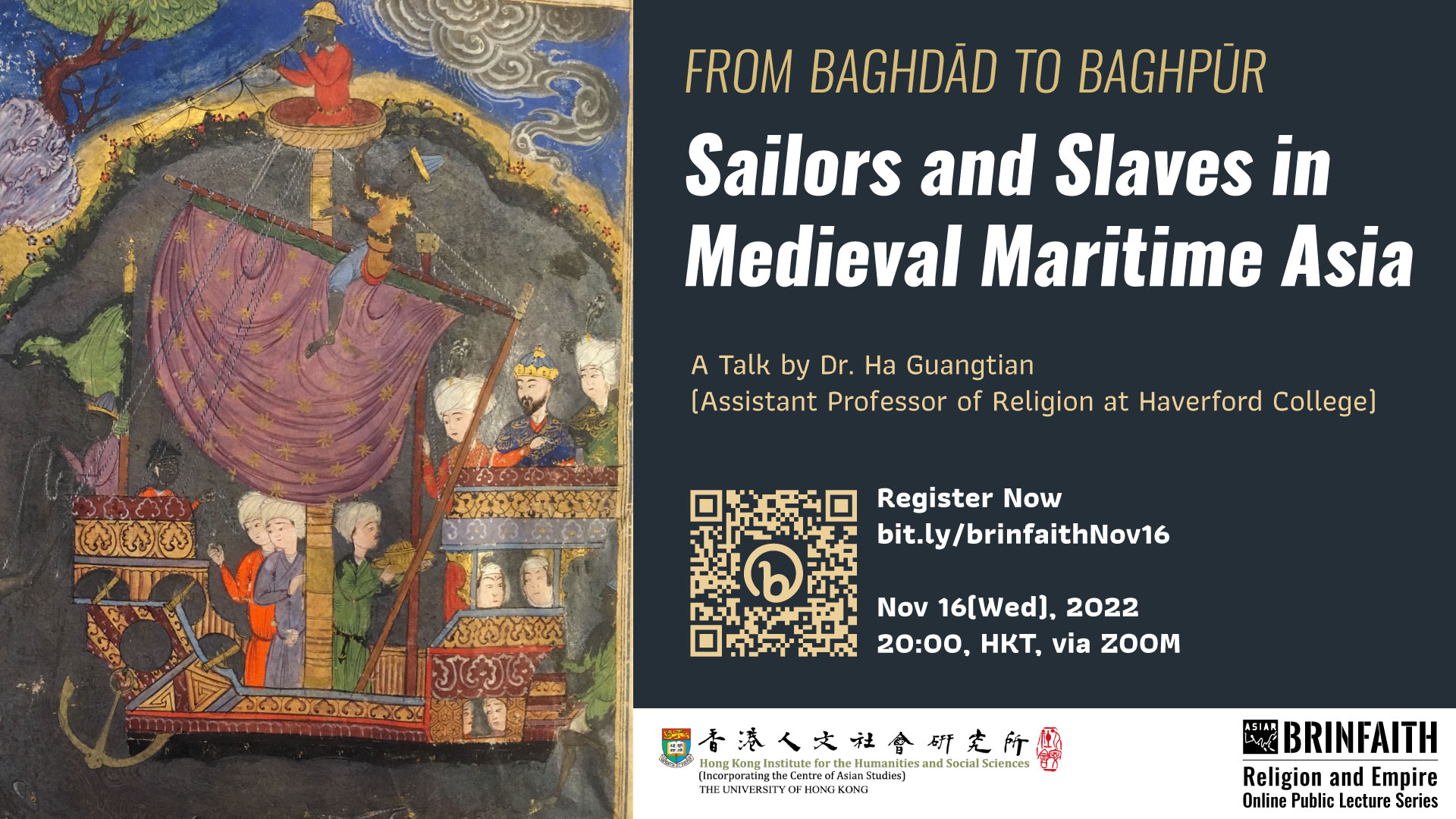How This Small Himalayan Country May Overturn the South Asian Region
Infrastructures of Faith: Religious Mobilities on the Belt and Road [brinfaith]
What is the religious impact of China’s intensification of ties and infrastructures linking it to the rest of Asia and beyond?
UPCOMING / ONGOING
Marco Polo’s caravan from the Catalan Atlas (Abraham Cresques, Atlas catalan, Public domain, via Wikimedia Commons)
Historically, on the Silk Road, people carried their faith along with their goods.
The lasting impact of the Silk Road was primarily in the realms of both commerce and religion.
Other than business, religion is the main motivation for the sustained circulation of organized groups between Asian countries.
Religion is a central force shaping the culture, national identity, and often the political ideology of most countries along the Silk Road.
Today, the ancient Silk Road has been re-branded as the “Belt and Road Initiative (BRI).”
An unintentional effect of the BRI is to facilitate and intensify, and also to manage and control, religious circulations and connections between the nations of Eurasia, through physical and social infrastructures of all kinds.
BRINFAITH is an international collaborative project that aims to map and to understand these connections and consequences.
Welcome to explore these questions with us!
Colombo Container Port (Source: AFP)
Our project is investigating the following dimensions of the relationships between the BRI, religions and cosmologies:
(1) the circulation and reconfiguration of religious networks, personnel and practices between Eurasian countries and China, with historical comparisons;
(2) the entanglement of physical and religious infrastructures, in a context of state securitization and geopolitical tensions;
(3) the re-imagining and mapping of sacred geographies and identities, connections and boundaries as a consequence of intensified relationships and geopolitical shifts.
FEATURES
Congolese Churches In China: How The BRI Changes Chinese Cities — Analysis
How ideas and faith can cross the ocean and lay their roots in different cultures
The Chinese Muslim Diaspora in Mecca: Lessons for the BRI in the Middle East
From the earliest days, China’s interactions with the Middle East were based not only on trade, but on religious and cultural connections.
⇓
LECTURES
Old Roads, Religious Mobility, and Paradigms of Long-Distance Transmission: Epigraphic and Petroglyphic Complexes in a Transit Zone between Eurasian Frontiers
Old Roads, Religious Mobility, and Paradigms of Long-Distance Transmission: Epigraphic and Petroglyphic Complexes in a Transit Zone between Eurasian Frontiers
⇓
PUBLICATIONS
Li, Ji. At the Frontier of God’s Empire: A Missionary Odyssey in Modern China. New York: Oxford University Press, 2023. ISBN: 9780197656051. 248 pages. https://global.oup.com/academic/product/at-the-frontier-of-gods-empire-9780197656051?cc=au&lang=en&
Li, Ji. “Mobility and Identity: Christianity and the Making of Local Society in Northeast China, 1840-1945,” Catholic Historical Review, Vol. 107. No. 2 (2021): 253–76. DOI: 10.1353/cat.2021.0013
Man, C. Y., Palmer, D. A., & Qian, J. (2022). The Belt and Road Initiative on Twitter: An annotated dataset. Data in Brief, 45, 108711.
Mohammed Al-Sudairi. 2022 “Exploiting China’s Rise: Syria’s Strategic Narrative and China’s Participation in Middle Eastern Politics”, Global Policy, 1–17 (co-authored with Andrea Ghiselli)
Mohammed Al-Sudairi. 2021 “Traditions of Maturidism and Anti-Wahhabism in China: An Account of the Yihewani Hard-liners of the Northwest”, Journal of Islamic Studies 32:3, pp. 354–382
Mohammed Al-Sudairi. 2021 “Guarding Against the Threat of a Westernising Education: A Comparative Study of Chinese and Saudi Cultural Security Discourses and Practices Towards Overseas Study”, Journal of Contemporary China 30:131, pp. 803-819 (co-authored with Yan Xiaojun)
Mohammed Al-Sudairi. 2020 “Arab encounters with Maoist China: Transnational journeys, diasporic lives and intellectual discourses” in, Marx and Lenin in Africa and Asia, special issue of Third World Quarterly (ed. Harry Verhoeven), 42:3, pp. 503–524
Woods, O. (2022) ‘Between the commons and the cosmos: the sacred politics of the BRI in Southeast Asia and beyond’, Area Development and Policy, DOI: 10.1080/23792949.2022.2081586.
Woods, O. (2022) ‘Infrastructure’s (Supra)Sacralizing Effects: Contesting Littoral Spaces of Fishing, Faith, and Futurity Along Sri Lanka’s Western Coastline’, Annals of the American Association of Geographers, 112(8): 2344-2359.
Woods, O. (2022) ‘A harbour in the country, a city in the sea: Infrastructural conduits, territorial inversions and the slippages of sovereignty in Sino-Sri Lankan development narratives’, Political Geography, 92: 1-9.
⇓
More to be released soon …
MAPPINGS
Religious mapbox
To be released soon.
BRI mapping
To be released soon.
Case Map
To explore the cases being research by the BRINFAITH collaborators and guest speakers on an interactive map …



























